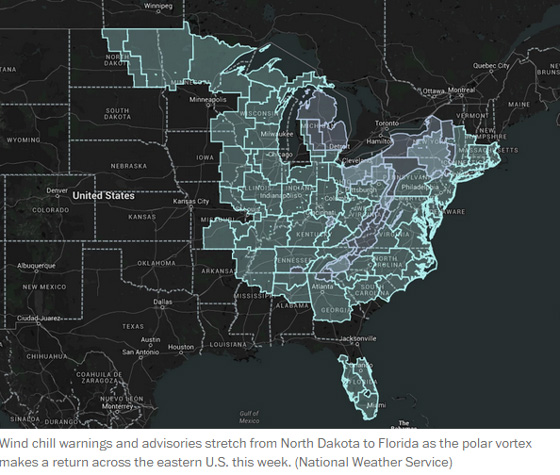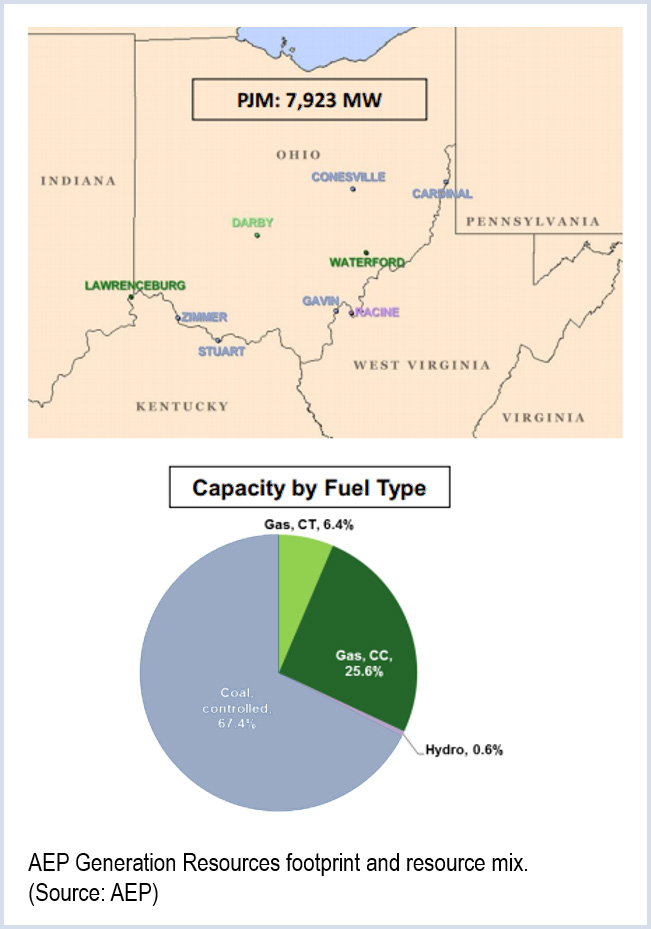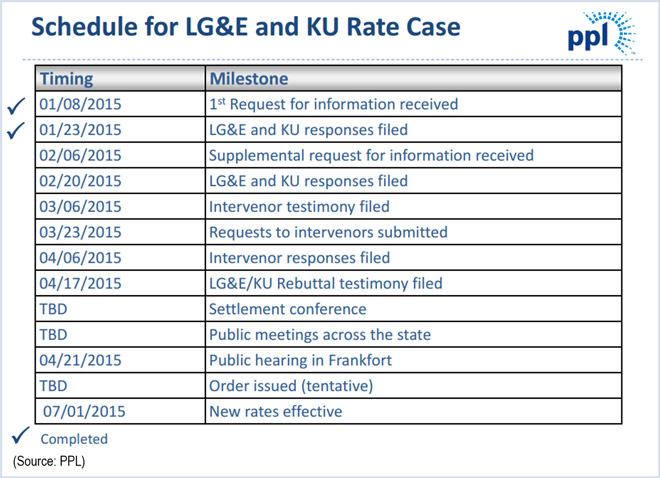By Michael Brooks
The Federal Energy Regulatory Commission last week approved a new risk-based approach to reliability compliance monitoring and enforcement, saying it will allow regulators to focus resources on the most serious issues (RR15-2).
The Reliability Assurance Initiative (RAI), a collaboration among NERC, the Regional Entities, and industry, is intended to streamline what reliability violations come under enforcement of the North American Electric Reliability Corp., with “minimal”-level risk issues subject to less oversight.
The new approach allows qualified facilities to self-log minor issues that they have identified and solved, instead of reporting them immediately to NERC. These logs will be periodically reviewed by NERC’s Regional Entities, FERC said.
The initiative also includes a compliance monitoring program, which provides definitions of risk levels and violations, among other guidelines.
“A risk-based approach is necessary for a proper allocation of resources and to encourage registered entities to enhance internal controls, including those focused on the self-identification of noncompliance,” NERC said in describing the new approach.
The minimal risk issues will not be subject to NERC penalties. Instead they will be treated as “compliance exceptions.” While RAI received broad support, some stakeholders disagreed with NERC’s decision not to make these exceptions public. NERC had proposed to submit them monthly to FERC for review.
“Greater transparency, particularly in the first two transitional years as [NERC] gains experience with implementation of RAI, is essential to educating [the] industry to avoid and mitigate noncompliance with reliability standards and to maintain the credibility of NERC’s compliance and enforcement regime,” a group of stakeholders, including the American Public Power Association and the National Rural Electric Cooperative Association, said in a joint filing.
FERC agreed, requiring NERC to post exceptions similar to how it files Find, Fix and Track reports.
“We find arguments that publicly posting compliance exceptions is unnecessary or will discourage entities from taking advantage of the efficiencies of RAI unpersuasive,” FERC said, alluding to comments by the Edison Electric Institute and the Electric Power Supply Association. “Public disclosure of compliance exceptions would appear to require only minimal additional resources since information will be compiled monthly in a spreadsheet and provided to the commission.”
FERC directed NERC to submit a compliance filing within 90 days of the order outlining revisions to its rules and procedures incorporating RAI.
New Reliability Standard
In a separate order, FERC also approved a new NERC reliability standard, MOD-031-1, which allows planning authorities and coordinators to collect demand data to support reliability assessments (RM14-12). Transmission planners, balancing authorities and load-serving entities are required to provide data such as total internal demand, net energy for load and demand-side management.
FERC said the standard will improve consistency and efficiency as well as help identify where grid improvements are needed.





